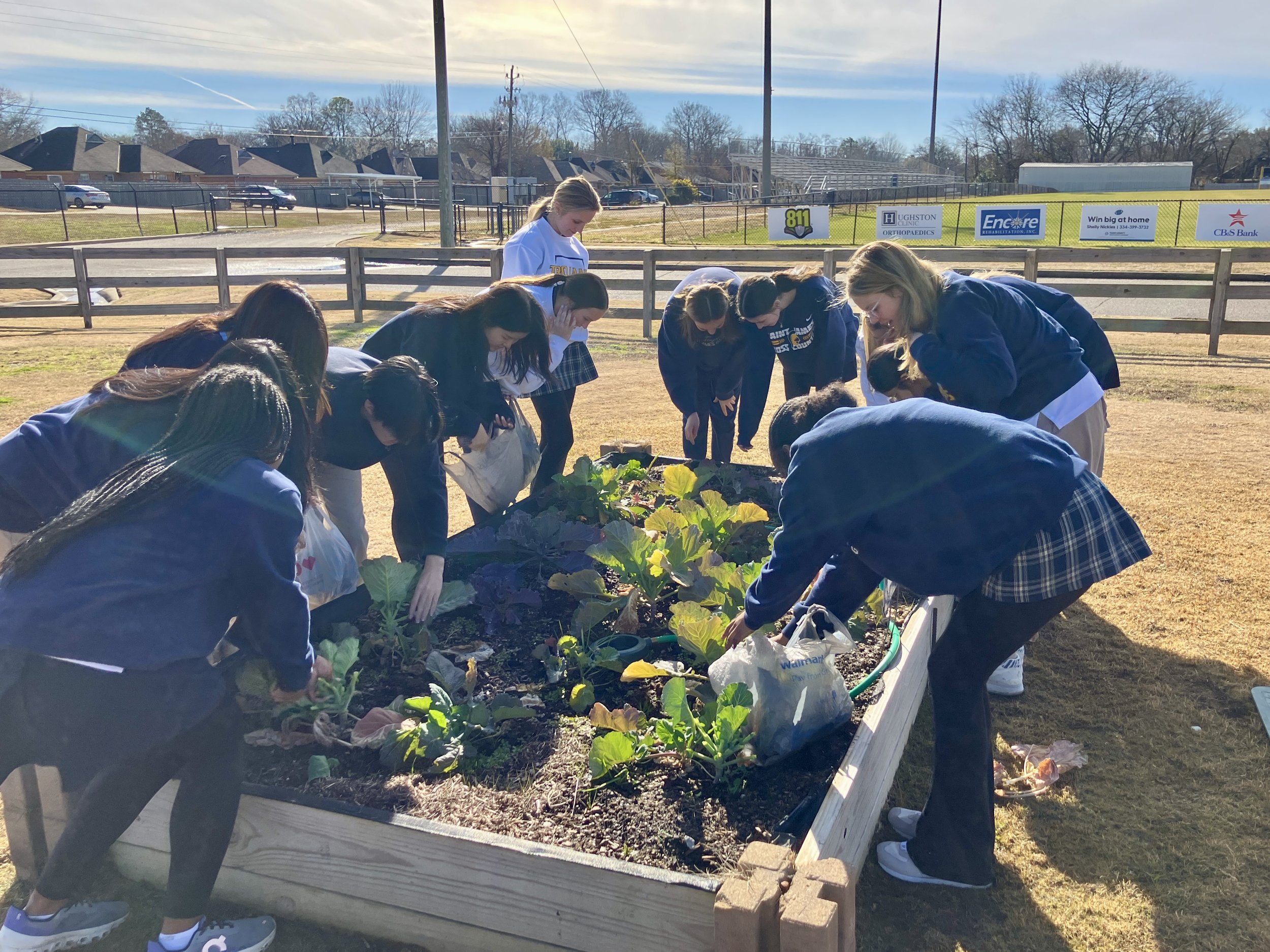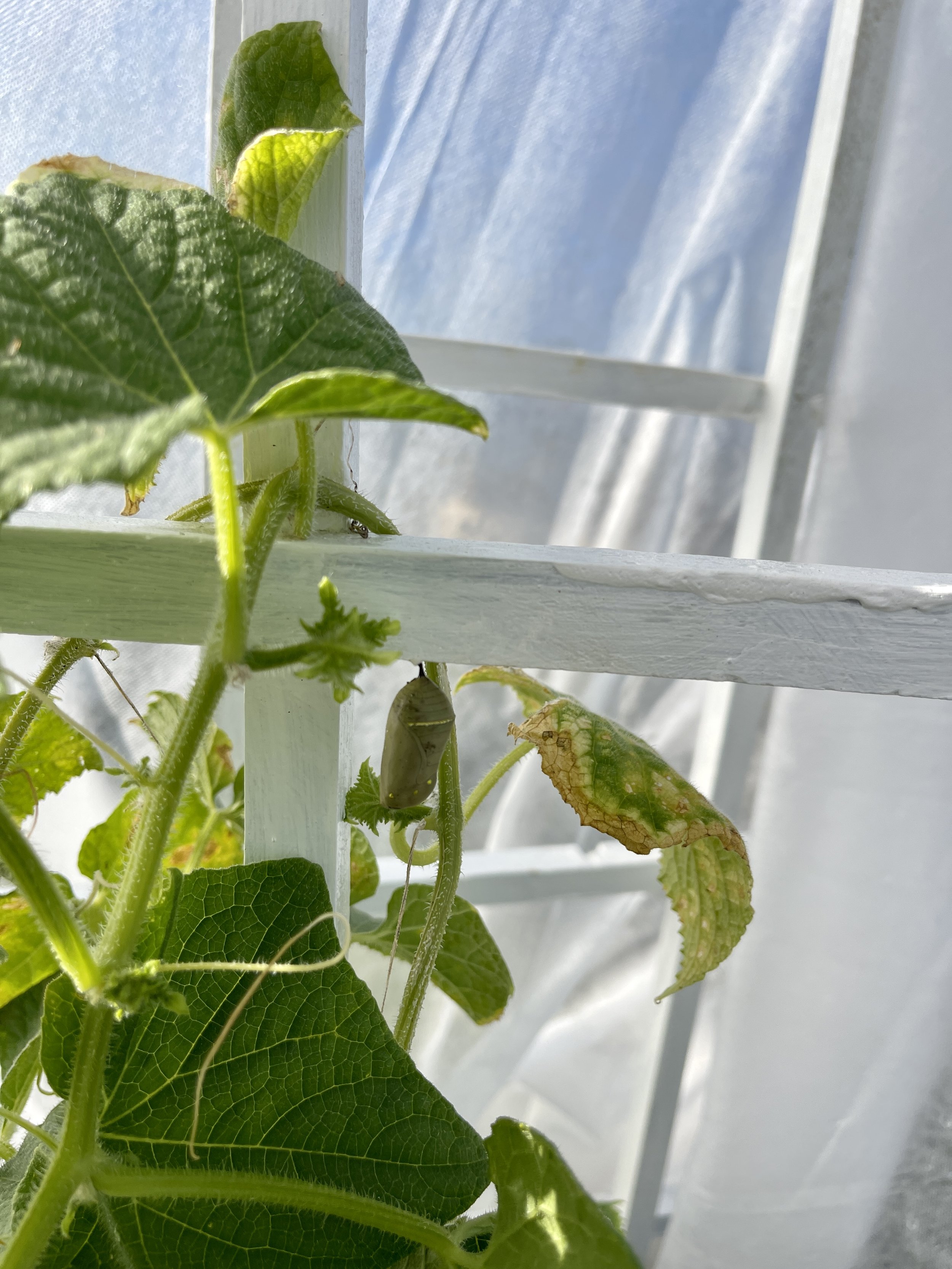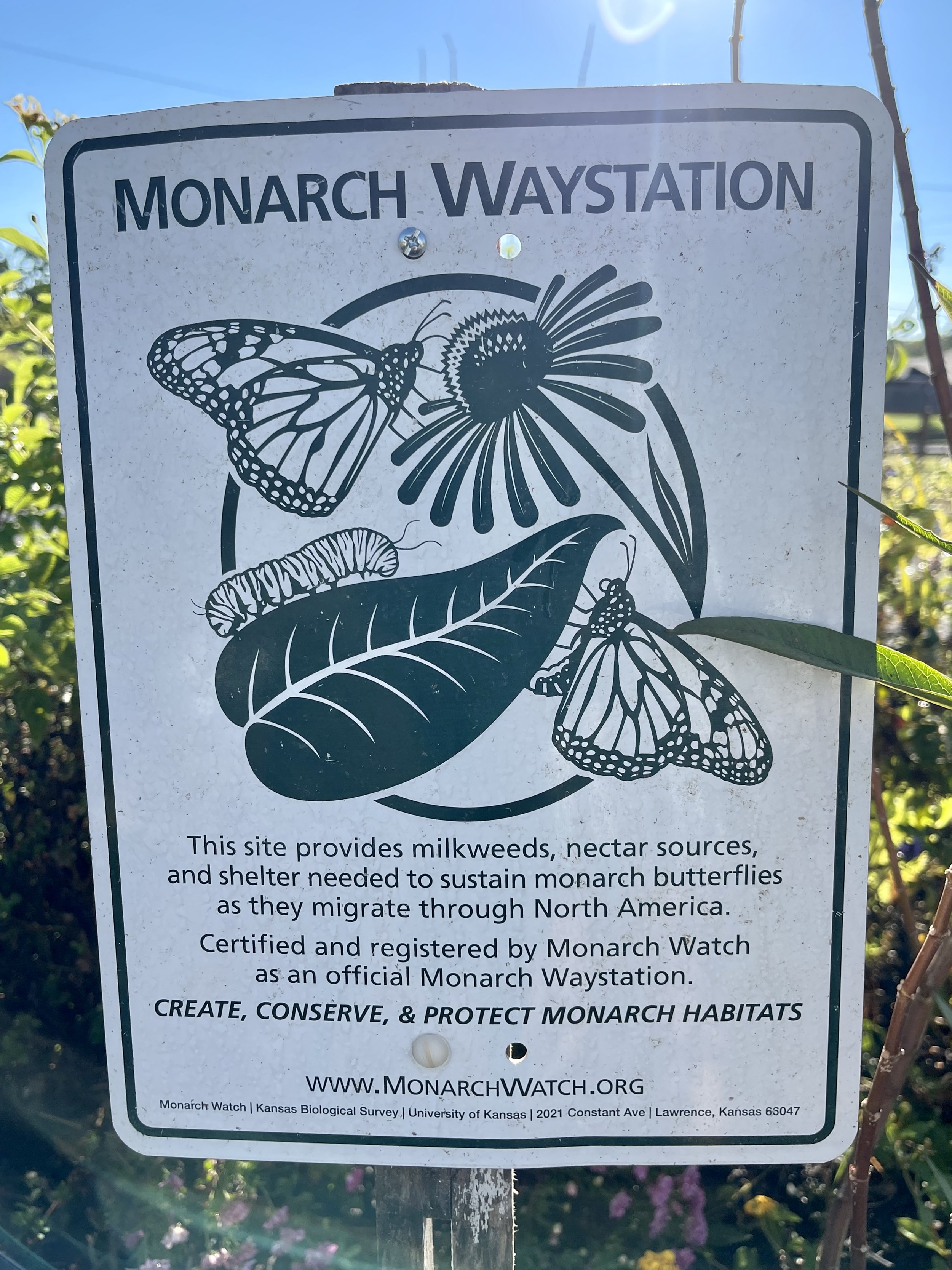Growing to Give: Saint James School Key Club’s Collard Greens Harvest
The Key Club at Saint James School is putting their green thumbs to work in an effort to make a difference in the community. The students have dedicated a portion of their community garden plot to growing fresh collard greens, which will be donated to the Heart of Alabama Food Bank. This initiative reflects the club’s commitment to service.
Collard greens, a nutrient-rich vegetable, are a staple in many Southern kitchens. The Key Club is addressing food insecurity in a way that provides both sustenance and comfort to local families. The fresh produce from the community garden will contribute to the Food Bank’s mission of distributing nutritious food to individuals and families who face hunger.
This project has also brought together members of the Saint James School community. Students across all divisions help in the STJ Community Garden. From preparing the soil to planting, watering, and tending to the plants as they grow. Beyond the physical work, the initiative has sparked important conversations about food security, community support, and the role young people can play in making a positive impact.
Key Club President Virginia Driver shared her thoughts on the project: “I couldn’t be prouder of how everyone came together to bring this garden project to life. It was a hands-on experience that not only taught us about sustainability, but also the power of teamwork. From planning to planting, each step was a reminder that when we work together, we can create a meaningful impact on our community.”
The Saint James School Key Club is a student-led organization that helps high school students develop leadership skills through service.The organization's goal is to prepare students for citizenship by helping them learn to work together and live responsibly. The Key Club is led by faculty sponsor, Ms. Libby Conner.
Partnerships like this one not only help meet immediate needs of our community, but also highlight the power of community collaboration and reinforce our Trojan Core Value of Community.















